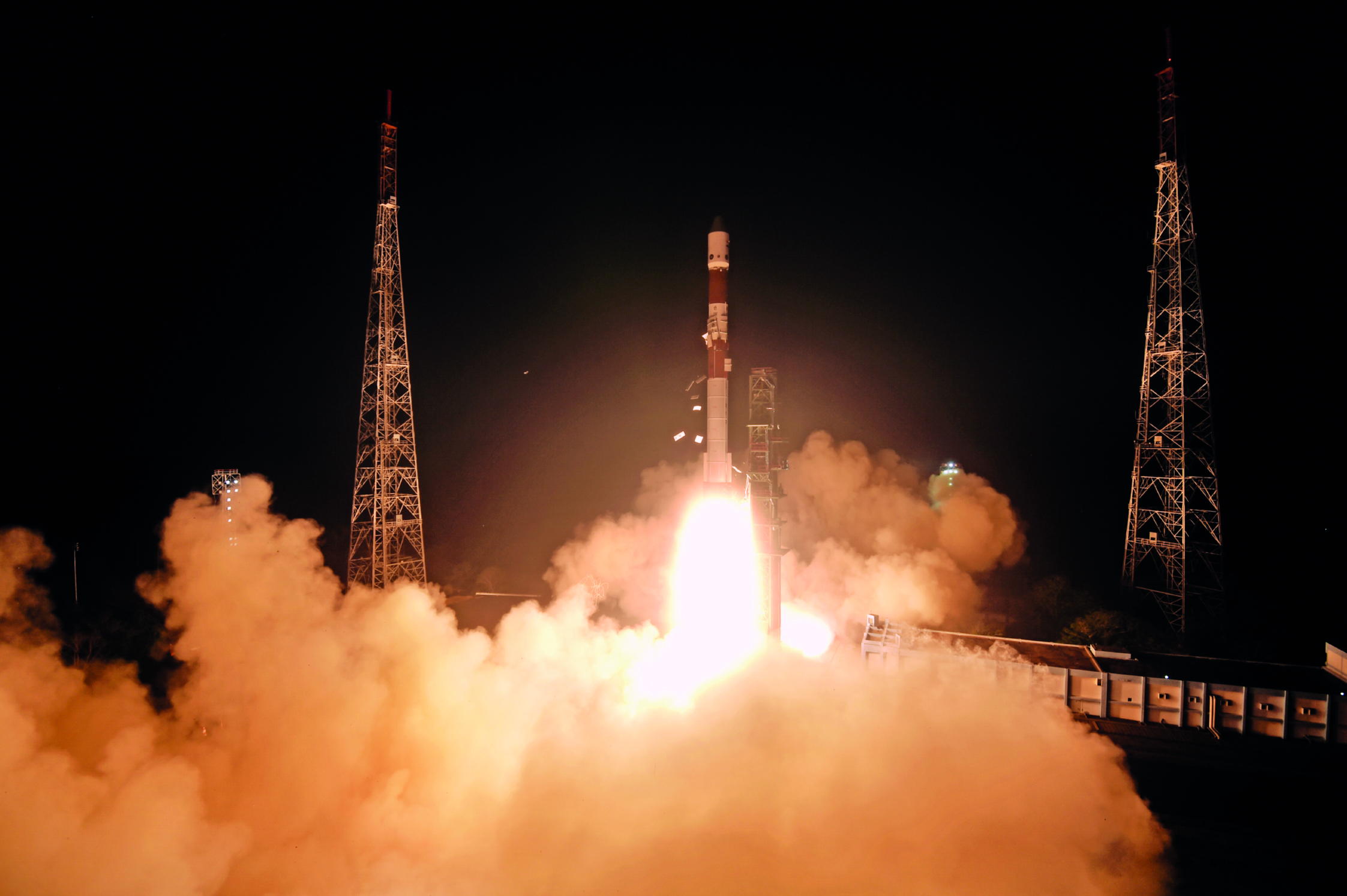A Giant Leap For India
ISRO’s SpaDeX mission marks a critical milestone in India’s space journey, showcasing advanced technologies like autonomous docking and power transfer, and reinforcing its ambition to lead global space exploration

As we close 2024 and step into 2025, the Indian Space Research Organisation (ISRO) has given the nation yet another reason to hold its head high. The successful launch of the Space Docking Experiment (SpaDeX) mission on December 30, 2024, underscores India’s growing capabilities in advanced space technologies. This mission, if fully successful, will make India the fourth country in the world to demonstrate the intricate and critical manoeuvre of docking two spacecraft autonomously in orbit—a feat that symbolizes a nation’s readiness for ambitious space exploration.
Docking is no ordinary task. It involves bringing two spacecraft travelling at extraordinary speeds into perfect alignment and connecting them without external assistance. This capability is foundational for future aspirations, including sending Indian astronauts to the Moon, conducting lunar sample return missions, and eventually establishing the Bharatiya Antariksh Station by 2035—a project approved by the Cabinet last September. SpaDeX’s two-year mission aims to test these technologies using two 220-kilogramme spacecraft, SpaDeX A and SpaDeX B, which successfully separated shortly after launch. ISRO Chair S. Somnath has expressed optimism that the first docking manoeuvre could commence within a week, marking the beginning of a new chapter in India’s space journey.
The importance of SpaDeX extends far beyond its immediate technical objectives. It is a stepping stone toward achieving modular and sustainable space systems. One of its key goals is to test the transfer of electric power between the docked spacecraft, a capability crucial for long-term missions involving in-space robotics and composite spacecraft operations. The scientific payloads onboard the two spacecraft add another layer of significance. From high-resolution imaging to radiation monitoring, these instruments promise to deliver valuable data for Earth observation, resource management, and environmental studies—an essential contribution to India’s broader development goals.
A Testament to ISRO’s Workhorse and Collaboration
The SpaDeX mission was launched aboard ISRO’s reliable Polar Satellite Launch Vehicle (PSLV-C60), which has once again proven its mettle. Often referred to as ISRO’s workhorse, the PSLV also carried 24 additional payloads on this mission. Among these were 14 payloads developed by ISRO and its affiliated centres, including innovative experiments like a Walking Robotic Arm designed to inch forward in space—a precursor to more advanced robotics for future missions.
The remaining payloads showcased the expanding role of private enterprises and academic institutions in India’s space ecosystem. These included projects ranging from testing green monopropellant thrusters to launching India’s first artificial intelligence laboratory in space. The PSLV-C60’s successful deployment of such diverse payloads is a testament to the growing democratization of space technology, where start-ups and researchers can contribute meaningfully to the sector’s advancement. It is also worth noting that the SpaDeX mission was developed in collaboration with Ananth Technologies, a private aerospace and defence manufacturer, highlighting the importance of public-private partnerships in scaling up India’s space endeavours.
This collaborative spirit is not confined to SpaDeX. Earlier in the year, PSLV had launched other groundbreaking missions like XPoSAT and Proba-3. XPoSAT, India’s X-ray Polarimeter Satellite, is delving into the dynamics of extreme cosmic environments, while Proba-3, a European Space Agency mission, is demonstrating precision formation flying to study the Sun’s corona. These missions underline ISRO’s dual focus on domestic innovation and international collaboration, both of which are essential for maintaining its competitive edge in the global space arena.
A Vision for 2025 and Beyond
As we enter 2025, the SpaDeX mission stands as a reminder of the transformative potential of space exploration. India’s growing expertise in advanced technologies like autonomous docking and in-orbit power transfer positions the country to play a leading role in global space initiatives. This is particularly important as the space economy continues to expand at a rapid pace, with projections suggesting it could be worth $1.8 trillion by 2035.
However, the road to becoming a global space leader requires sustained effort and investment. ISRO must continue to foster partnerships with private players and academic institutions, as these collaborations are vital for innovation and scalability. Moreover, the government’s commitment to ambitious projects like the Bharatiya Antariksh Station and India’s lunar missions must be backed by robust funding and strategic planning.
The SpaDeX mission also serves as an inspiration for India’s youth, igniting curiosity and ambition among aspiring scientists, engineers, and entrepreneurs. It highlights the possibilities that lie ahead in a sector that is not just about exploration but also about addressing real-world challenges. From environmental monitoring to disaster management and resource optimization, space technologies have a direct impact on improving lives on Earth.
As India celebrates the achievements of 2024 and looks forward to the promises of 2025, SpaDeX symbolizes more than just technological progress. It embodies the spirit of a nation that dares to dream big and delivers on those dreams. With such initiatives, India is not just participating in the global space race; it is charting a course to lead it, ensuring that space exploration benefits humanity at large. DTE
Views expressed are personal



